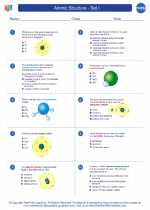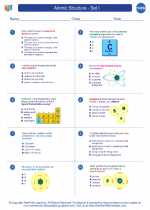Human Evolution
Human evolution is the process by which modern humans originated from ancient ancestors. It is a complex and fascinating topic that involves understanding the biological, cultural, and environmental factors that have shaped our species over millions of years.
Evidence of Human Evolution
There is a wealth of evidence for human evolution, including fossil records, genetic studies, and comparative anatomy. Fossil records provide valuable information about the physical characteristics and behaviors of ancient human species, while genetic studies help us understand the relationships between different human populations and their evolutionary history. Comparative anatomy allows us to study the similarities and differences between humans and other primates, providing insights into our evolutionary heritage.
Mechanisms of Evolution
Several mechanisms drive the process of human evolution, including natural selection, genetic drift, mutation, and gene flow. Natural selection acts on inherited traits, favoring those that increase an organism's chances of survival and reproduction. Genetic drift refers to random changes in the frequency of certain traits within a population, while mutation introduces new genetic variation. Gene flow occurs when individuals from different populations interbreed, leading to the exchange of genetic material.
Key Milestones in Human Evolution
Human evolution is marked by several key milestones, including the emergence of bipedalism, the development of larger brain sizes, the use of tools, and the establishment of complex social structures. These milestones have shaped our species' physical and cognitive abilities, allowing us to adapt to diverse environments and develop sophisticated cultural practices.
Study Guide
Here are some key concepts and topics to focus on when studying human evolution:
- Evidence for human evolution, including fossil records, genetic studies, and comparative anatomy
- Mechanisms of evolution, such as natural selection, genetic drift, mutation, and gene flow
- Key milestones in human evolution, including bipedalism, brain development, tool use, and social structures
- The relationship between human evolution and environmental changes
- The impact of human evolution on cultural and technological developments
- Comparative studies of different human species and their evolutionary trajectories
◂Chemistry Worksheets and Study Guides High School. Atomic Structure - Set I

 Worksheet/Answer key
Worksheet/Answer key
 Worksheet/Answer key
Worksheet/Answer key
